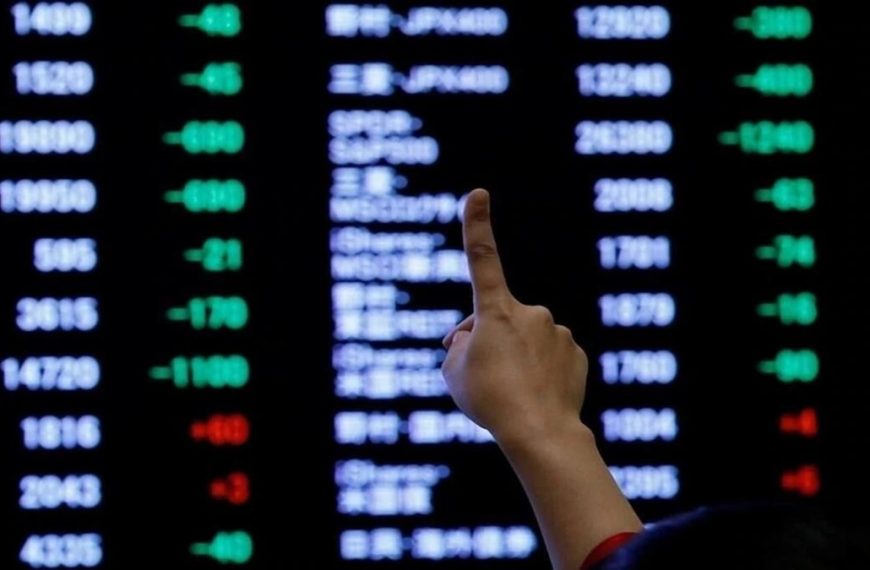Oil prices have been on a rollercoaster ride, as traders keep a close eye on the latest developments in the ongoing tariff battle. With growing consensus about a looming surplus in the market, West Texas Intermediate (WTI) futures have been fluctuating just below the $62 per barrel mark. As concerns mount over the trade tensions between the United States and China, oil’s volatility continues to reflect broader economic anxieties.
Market Dynamics Amid Trade Tensions
On Tuesday, U.S. stock markets showed signs of stabilization, buoyed by a surge in major bank stocks. This upswing helped ease fears of escalating trade conflicts, particularly with China. Despite this, the International Energy Agency (IEA) has drastically downgraded its oil demand projections for this year, slashing forecasts by nearly a third and predicting that the oversupply issues will persist well into 2026.
- Oil prices have fallen approximately $10 this month.
- The trade tensions initiated by former President Donald Trump have sparked concerns about a potential global recession, adversely affecting energy consumption, notably in the U.S. and China—two of the world’s largest crude oil consumers.
Limited Progress in Trade Negotiations
In a related development, trade discussions between the European Union and the U.S. have yielded minimal advancements. The current administration has signaled that many of the tariffs imposed on the EU will likely remain in force, adding to the uncertainty surrounding the oil market.
Revisions in Oil Demand Forecasts
The outlook for oil demand is becoming increasingly grim, with several agencies revising their projections downward. Analysts have been quick to adjust their price forecasts, especially following the OPEC‘s unexpected decision to accelerate output increases. The Organization of the Petroleum Exporting Countries has already reduced its consumption outlook for the next two years by approximately 100,000 barrels per day, following a more substantial cut from the U.S. Energy Information Administration (EIA) last week.
- Energy Aspects Ltd. has lowered its annual oil price forecast by $10 per barrel, citing a near certainty of a global recession.
- Experts from HSBC Holdings Plc, including analyst Kim Fustier, noted in a report, “The surplus in the oil market for 2025 is on the rise. The interplay of weakened demand and OPEC’s accelerated output increases suggests a larger surplus than previously anticipated.”
As the situation unfolds, market participants are left to ponder the implications of these shifts on future oil prices and global economic stability. The continuing developments in trade relations and production strategies will undoubtedly shape the energy landscape in the coming years.











